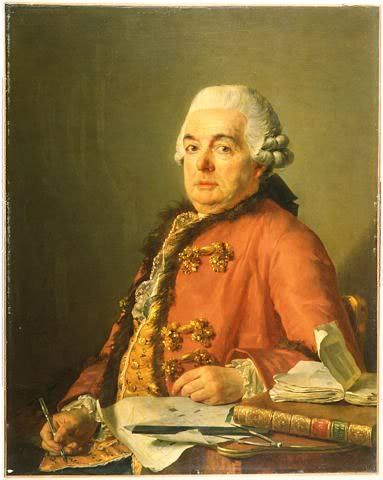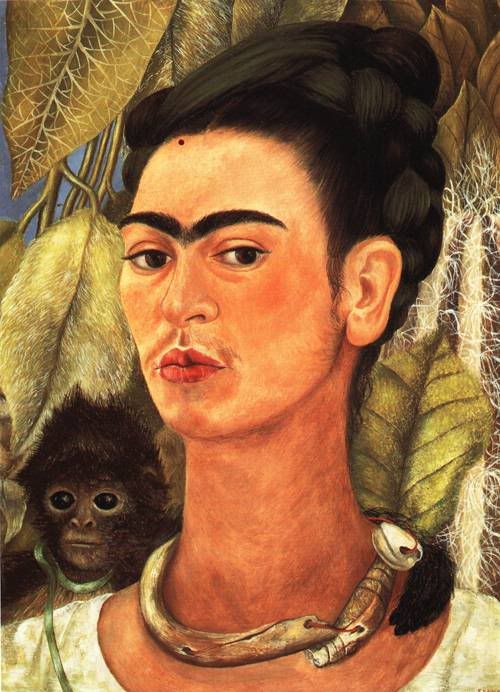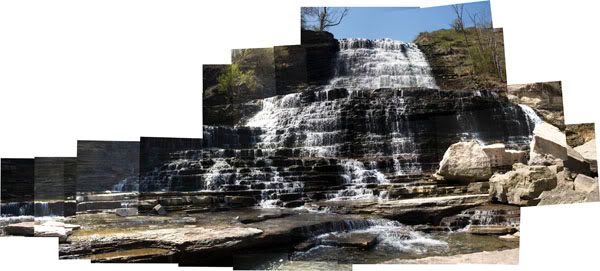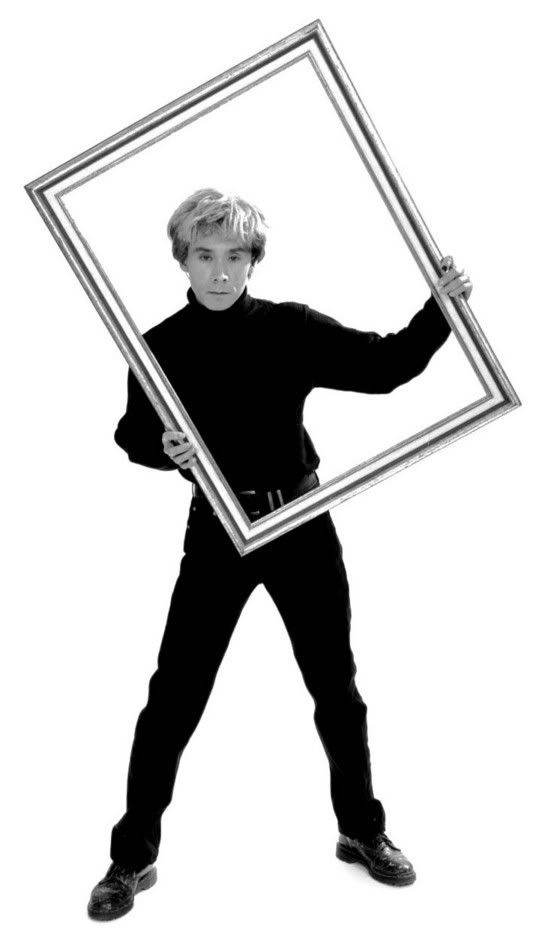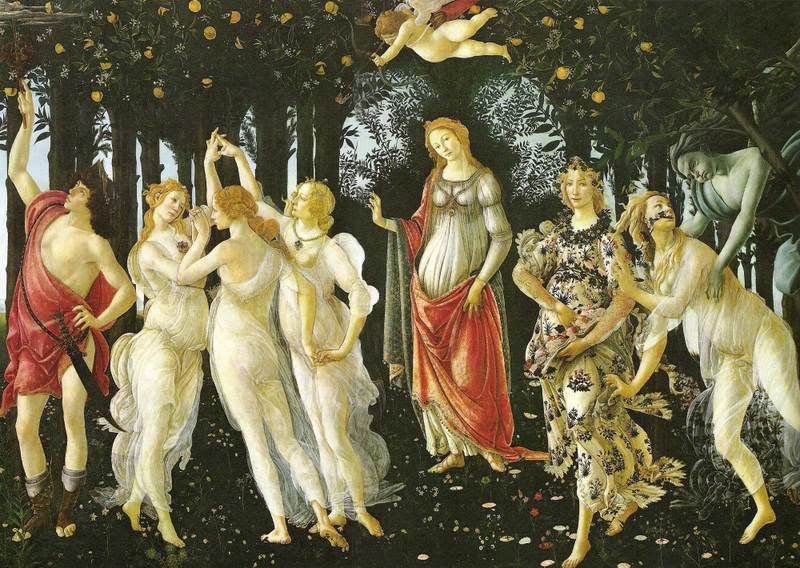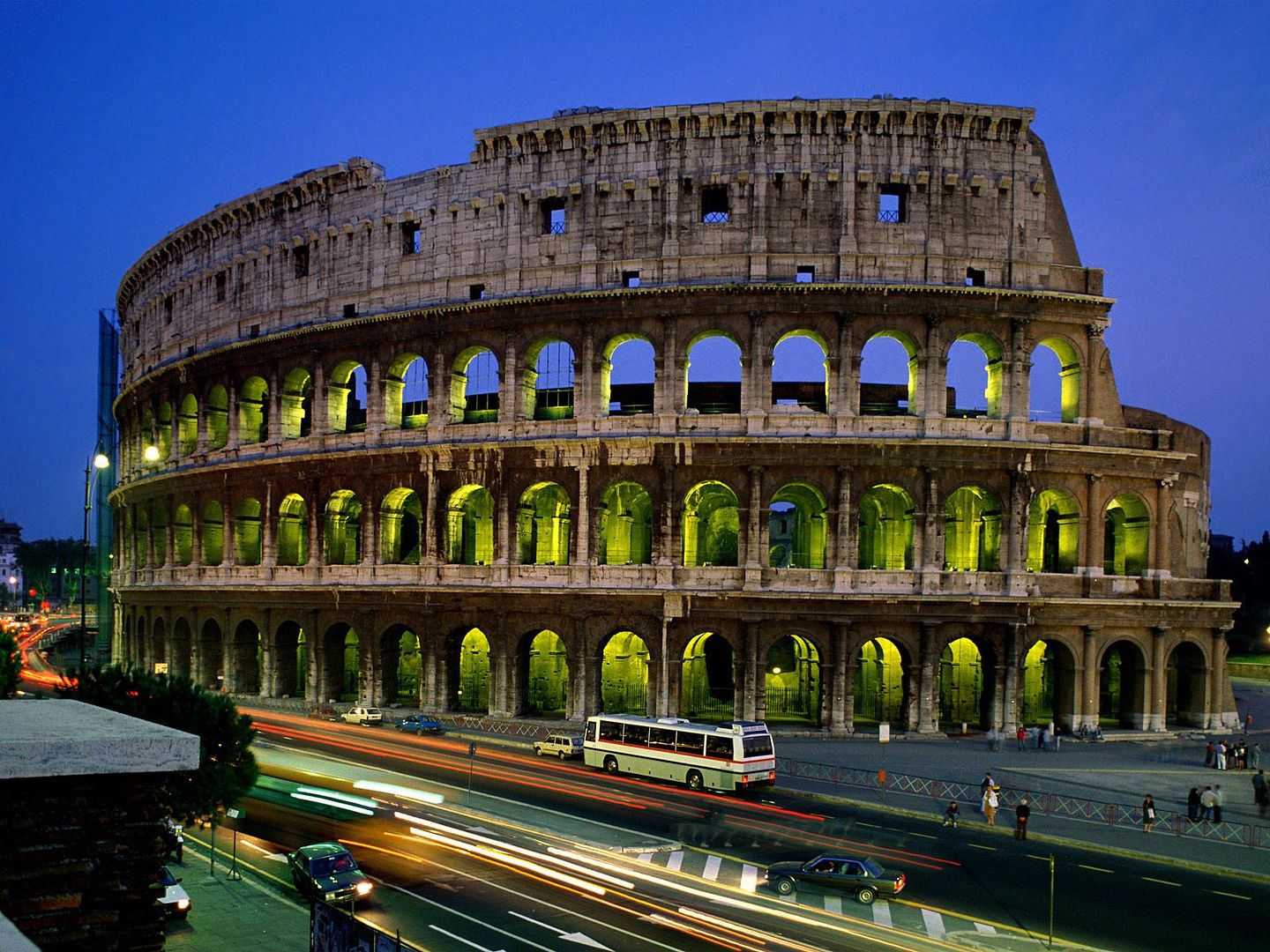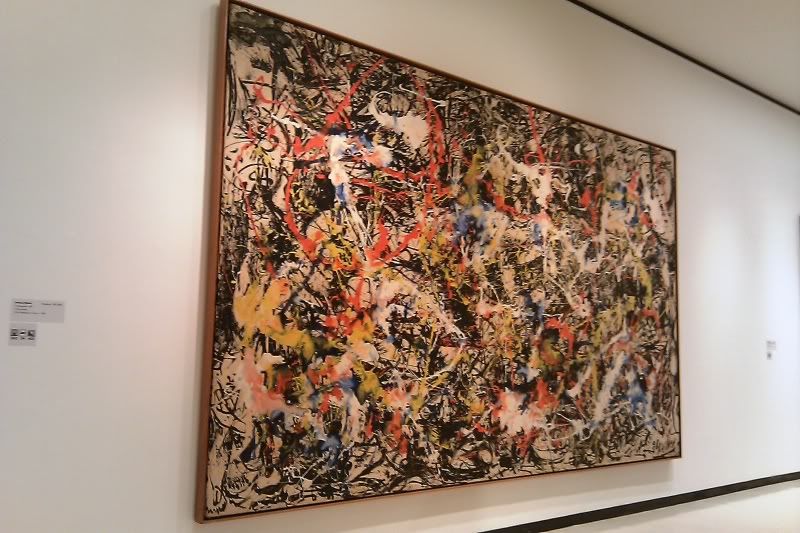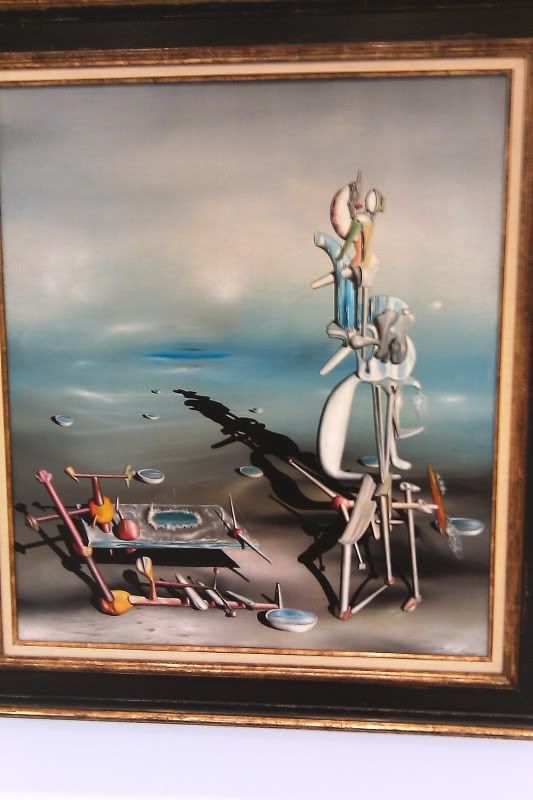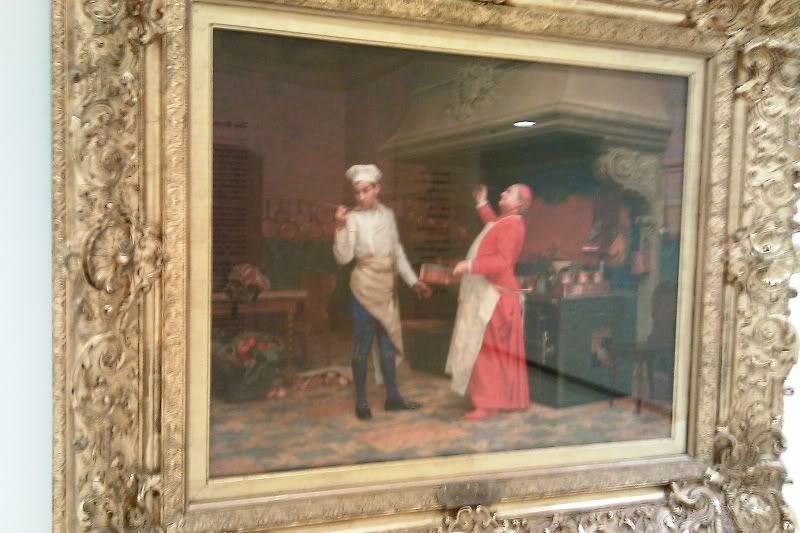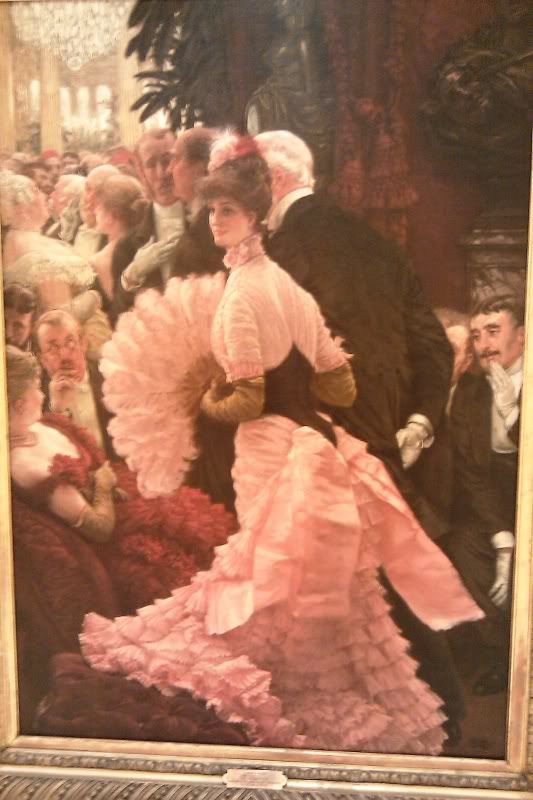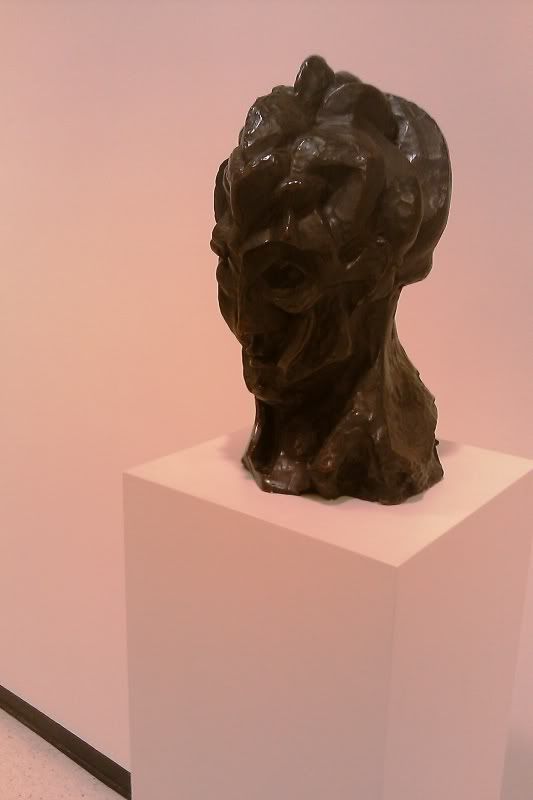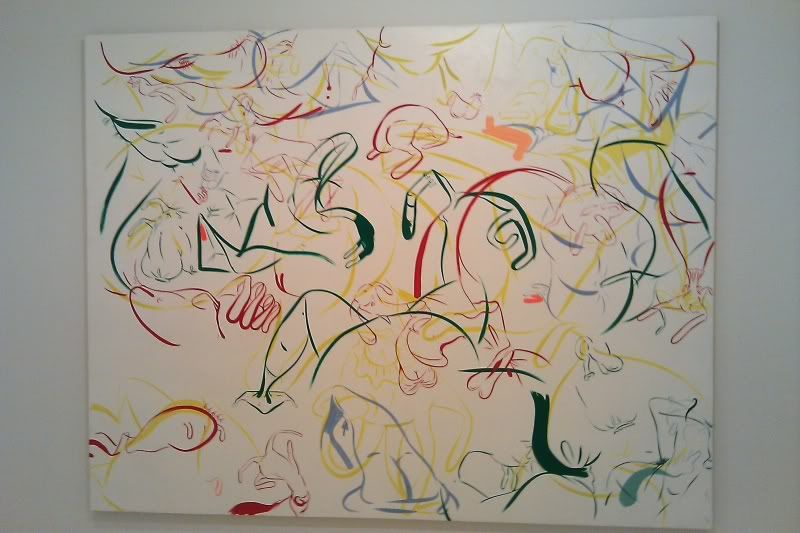
I chose the video Buddhism because I used to practice most of this form of living, and although I don’t fully practice it, I still abide by some of its belief structure.
What I did learn outside of what I already know is that Buddhism is least populated in India itself from where it was created.
I knew it was low, but not the lowest.
I like how this video talked much about the religion and structures like the book, but it showed more locations like Java’s ruins that were covered under ash and the infamous Body tree which was raised from a sappling.
The cinematography was great in the film, the landscapes, and the information collected was very informative and visually stunning.

Hinduism is a religion I’m not too familiar with, and I find religions of different kind similar in many ways, and very interesting.
I found out that Hinduism is about letting go, like Buddhism, but Hindus have many gods.
They believe that after death, we all arrive at the same point.
I learned they do not touch the body of the dead, and they openly and publicly burn the body, so that it may return to the earth and the spirit may go to heaven.
Like Buddhists they believe you can take on another life or be reincarnated if there are attachments or the soul is not pure enough.
I got a little more in depth and personal with the people of this culture.
Something the text just scratched the surface on; the video took me right to the heart of the Hindu culture.

I don’t know too much about Japanese art, so I watched the “Great Wave”.
It was hard to believe the prints of this beautiful image sold for less than a few noodles.
This is the most well known Japanese art of a tragedy almost 173 years ago.
It is an image widely used from art, cartoons, and even fashion.
The original was a print made by wood blocks, each color was on a separate block forming this beautiful work of art.
I don’t remember this work in the text, and if it was there’s no way it could have given the depth and information the video did.
There was a lot of useful background information on the artist and how he created the work, and the effect it had on him.
I learned more about printmaking with blocks, and understand it more now that I saw some in the process of printing.
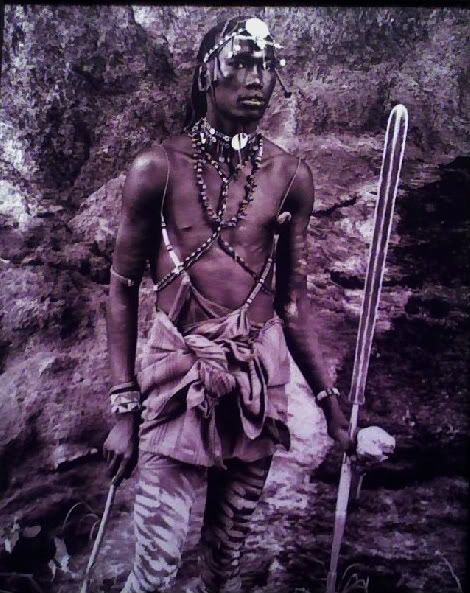
I think African art is cool looking and I like the natural elements, so I watched the video on it.
I learned there was a more modern culture in Zimbabwe.
It was considered a great center, and they built a huge stone fortress to protect it.
I was impressed by its greatness and impressive architecture they were able to achieve.
I always thought for the most part early African tribes were primitive in this sense living in huts, but very intricate in their art.
I like how the video took me to these different places in Africa, for a first hand witness of its great presence and history.
The book could in no way do this, or provide the more in depth and learning experience the video did.

